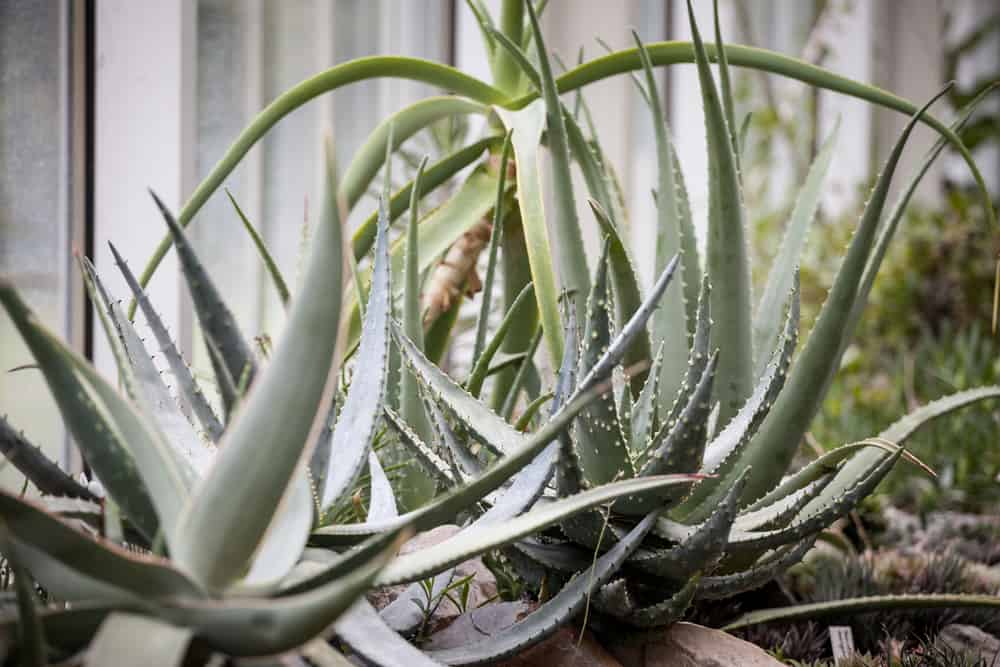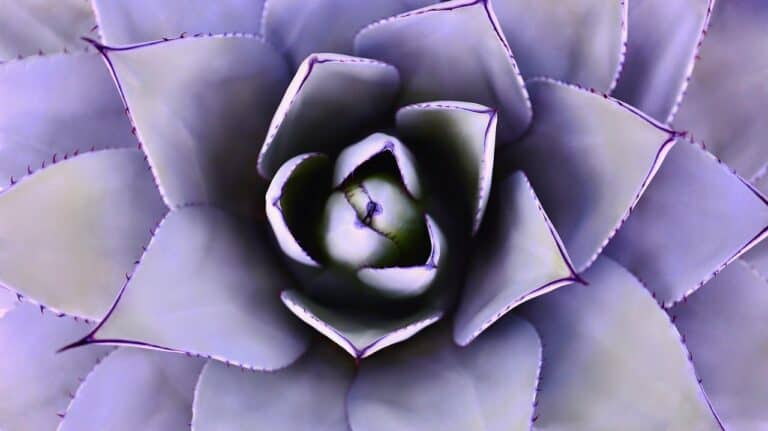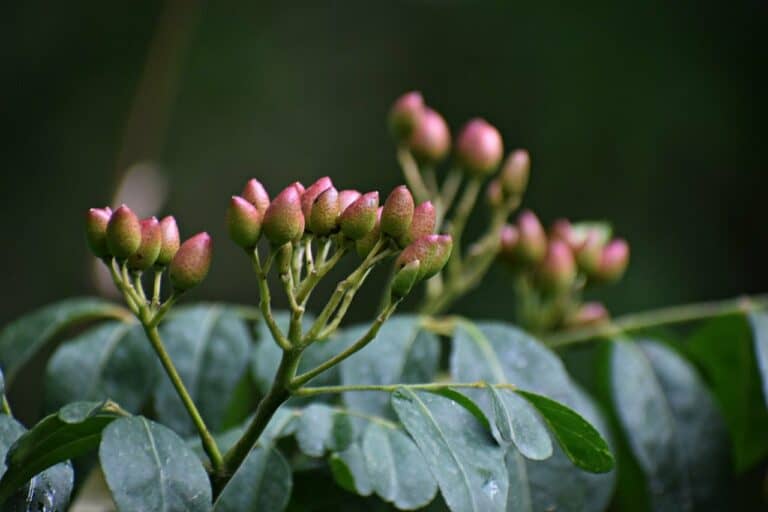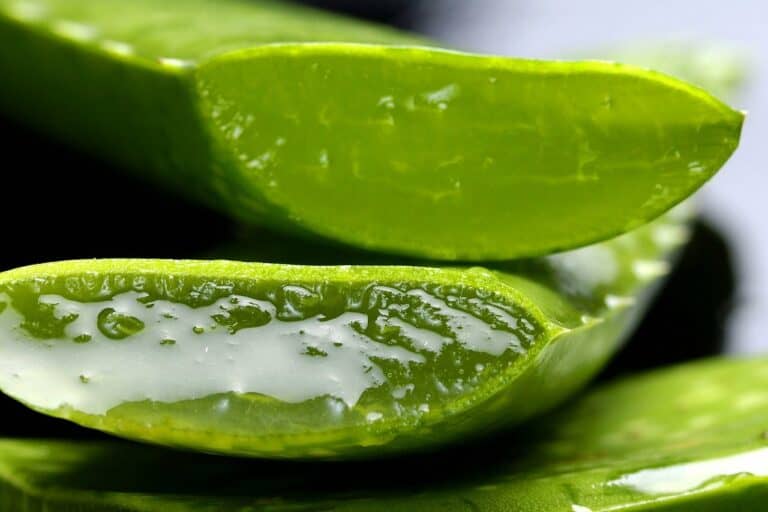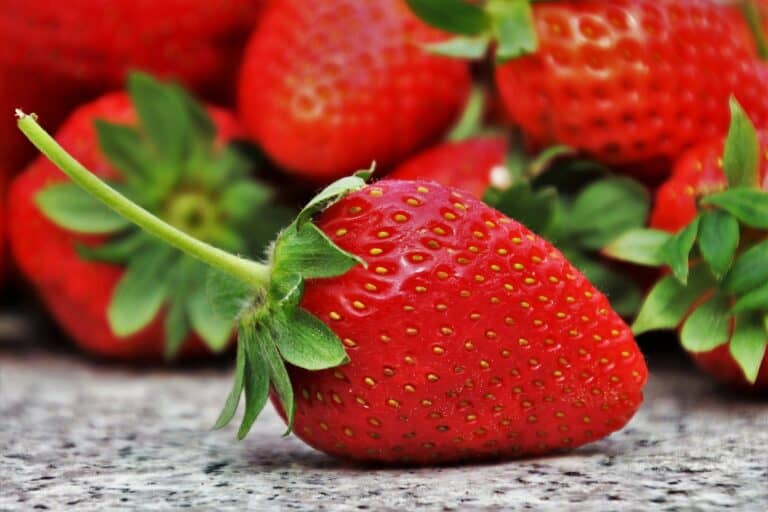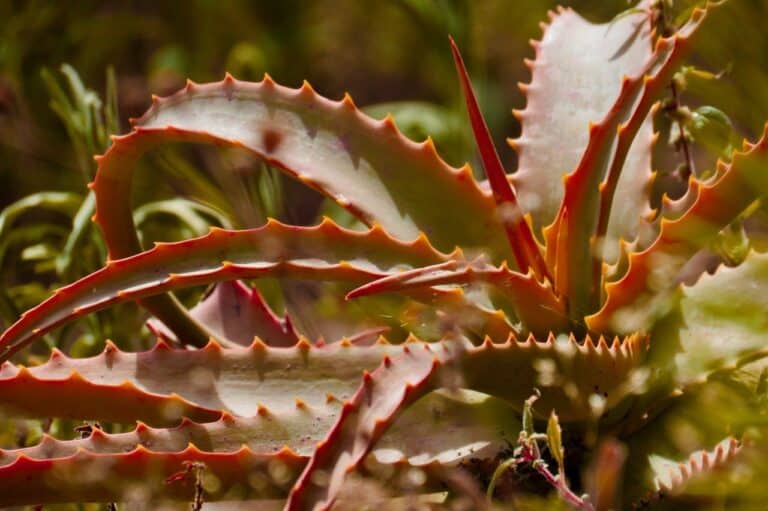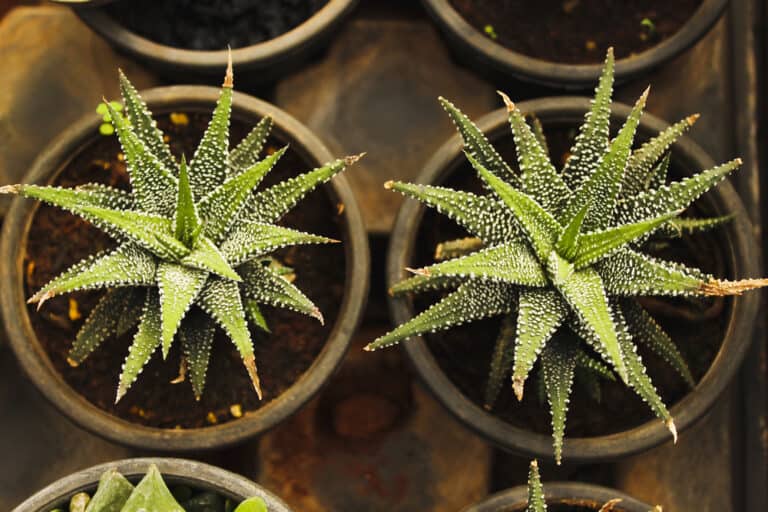Table of Contents
Aloe Chinensis
Among the varieties of Aloe, the Chinensis aloe is indispensable, which is similar to the sucking plant (or Aloe) but with subtle differences.
This aloe plant costs a little more than others to be considered a more valuable variety.
Origin of Aloe Chinensis
Aloe Chinensis, considered by many to be a more valuable type of Aloe, is a species of plant native to China, and its spread is credited to the naturalist and botanist Anderson. But, first, they imported it to Curaçao, a Dutch-owned Caribbean island.
After that, its cultivation spread to the islands of Barbados during the 19th century, and from there, it was exported all over the world as an ornamental plant.
Aloe Chinensis: How to recognize it?
Just look at the leaves to recognize Aloe Chinensis from other varieties of Aloe (e.g., Aloe arborescens or Aloe ferox). The leaves are thinner and covered with white spots and spines on the sides.
The leaves of Aloe Chinensis, which can be up to 20 or 30 cm long, are also generally narrow and compact, preserving the aloe vera plant’s shape with the opening to the outside.
Aloe Chinensis Growing at Home
Like all varieties of Aloe, Aloe Vera can also be grown safely at home, in an open space such as a balcony or garden, or within the house’s four walls.
Growing Aloe Chinensis at home is, above all, taking care of these plants, as they require constant maintenance: however, if they are well taken care of.
Aloe Chinensis Care
Like all other aloe plants, the aloe plant needs watering in the winter, but little or no water in the summer, when the plant needs to stay dry. So a good rule of thumb is to check soil moisture manually before watering.
Although this requires a lot of suns, plants can withstand brutal temperatures so they can be outside, even in the winter. However, if the thermometer is less than 8/10 degrees Celsius, especially if the wind is too strong, it should be covered with a cloth or put inside to prevent the frozen leaf changes. Temperature.
Although this species is relatively resistant to most pests, it cannot be denied that it can be attacked by ve, insects on the scale, and bugs. Its leaves are also dry and thin, and too many suns can cause loss of yellow, brunette, or brown-red.
How To Save an Aloe Chinensis Plant That Has Caught a Cold?
The absolute enemy of all existing varieties of Aloe is the harsh climate of our latitudes. Due to its tropical origin, aloe plants grown outside can get cold in the winter. When this happens, the leaves turn yellow, wrinkle, and dry out.
Therefore, it is advisable to keep aloe vera plants indoors, preferably on a small table near a window, away from drafts. Or it is covered with a tarp to absorb light and outside air. Despite these precautions, if the plant is showing symptoms of frost, it’s best to use a clean knife to snip off the dead leaves, being careful not to damage the stem too much.
How Is an aloe Chinensis Plant Propagated?
Aloe plants, including the aloe plant, are propagated by cuttings. Therefore, it is possible to obtain a new aloe plant by growing the leaves of another plant. Using extra leaves and carefully peeling off the bark with a sharp knife is advisable to avoid damaging the mother plant.
The removed leaves can then be replanted in water with or without roots or directly into the ground, but you should fill all the roots (troughs) for reliable rooting. Increase. To remove the seeds without breaking the roots, use a trowel to remove the surface soil and then dig out.
The best place to store young aloe vera plants is where there is enough light to receive at least 810 hours of sunshine per day, avoiding direct sunlight. If kept indoors, place it near a window or patio door, preferably in a poorly ventilated home area.
The best time to plant and then uproot is spring, neither too hot nor too cold. You need to catch excess water with a liner to keep the mold moist.
Aloe Chinensis Flower
In the aro world, there is a difference from the similarity that characterizes each system and gives a different name. In this case, Aloe Chinensis flowers can reach the height of 30 cm in the orange pipe, so it is very similar to Aloe Vera. These inflorescences are highly appreciated for their decorative beauty, but it is necessary to be cut immediately after blooming, so only leaves are for optimal maturity.
Aloe Chinensis Price
The cost of the aloe Chinensis plant is usually higher than other varieties of this succulent plant and mainly depends on their maturity and size. However, you can purchase an Aloe Chinensis plant online with traditional ornamental plants. In the latter case, it’s best to choose only reliable and well-referenced websites without being overwhelmed by the cost.
Uses
Like all aloe varieties, Chinensis varieties can be used whole in leaf form, carefully removed spines, and then rubbed directly on the skin or processed to extract the gelatinous pulp contained therein. It will be done.
The leaves of aloe vera are much thinner, so you can get less gel than some other species, for example, aloe vera. However, it still contains large amounts of vitamins and minerals such as magnesium, calcium, and potassium.
Aloe Chinensis: How to Extract The Pulp?
To extract the gelatinous pulp contained in the leaves of Aloe Chinensis, follow these steps:
• Cut off the edges of the leaves with a sharp knife and remove the thorns on the sides.
• Use a potato peeler to remove the rind covering the leaves on both sides.
• Use a spoon to extract the pulp inside the leaves. It has the same consistency as a gel.
• The porridge thus obtained can be stored in the refrigerator for ten days and in the freezer in a
cube container for about ten months.
Also of interest: Aloe Vera


